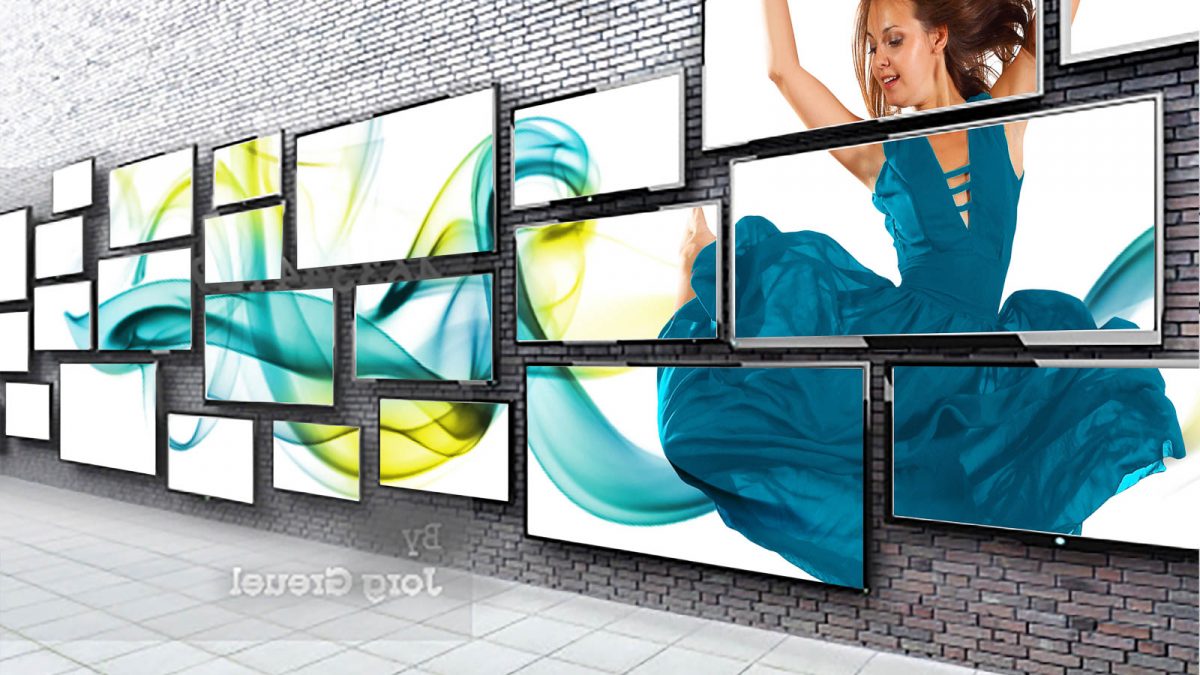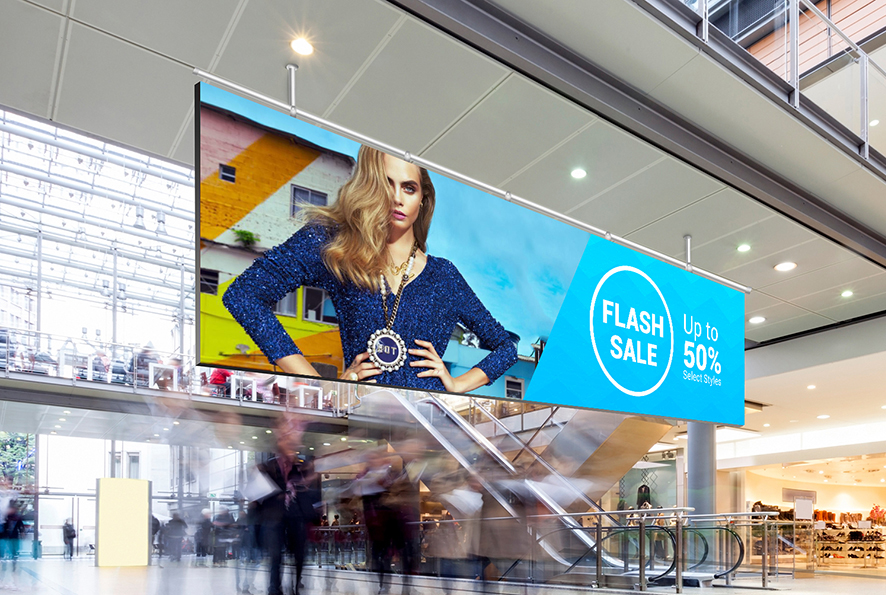Video walls represent a dynamic and captivating medium for communication, often serving as focal points in high-traffic areas such as airports, transportation hubs, and commercial districts. Their ability to engage audiences subliminally and deliver impactful messages is unparalleled, making them indispensable for businesses seeking to enhance their visibility and brand presence.
The versatility of digital signage, including touch screen kiosks, point-of-sale displays, and 4K screens, is undeniable. However, video walls offer a unique blend of scale and immersion that commands attention and leaves a lasting impression on viewers.
Considerations for Planning a Video Wall Installation To maximize the impact of a video wall, meticulous planning is essential. Beyond mere dimensions and pixel density, factors such as location, target audience, functionality requirements, and accessibility must be carefully evaluated.
Location selection is critical, as it dictates visibility and audience reach. Additionally, the choice of components, including software and hardware, must align with the desired functionality and environmental conditions.
Designing a State-of-the-Art Video Wall The effectiveness of a video wall hinges on the quality of its components, including software, hardware, and content. Selecting robust software that facilitates seamless content management and updates is paramount, whether from a fixed location or remotely via mobile devices.

Hardware considerations, such as display brightness and suitability for ambient lighting conditions, must be tailored to the specific deployment environment. Moreover, investing in high-quality, engaging content is imperative to maximize the impact of the video wall and drive desired outcomes, such as brand awareness and consumer engagement.
Budget Allocation and Location Assessment A comprehensive understanding of project requirements is essential for budget allocation, covering hardware and software procurement, installation, maintenance, and content creation. Location assessment involves evaluating foot traffic, viewing angles, space requirements, and accessibility to power and ventilation.
Professional Installation and Component Integration Professional installation ensures optimal performance and longevity of the video wall system, encompassing site surveys, mounting, setup, calibration, and alignment. Seamless integration of components, including monitors, controllers, and software, is crucial for seamless operation and visual coherence.
Creating Compelling Content Compelling content is the cornerstone of a successful video wall deployment, capturing audience attention and conveying persuasive messages effectively. Content should be curated to resonate with the target audience, featuring bold visuals, concise messaging, and prominent branding elements.
Examples of Successful Video Wall Projects Drawing inspiration from successful video wall projects, such as those implemented by Starbucks, West Virginia University, and Samsung, can provide valuable insights into effective content strategies and deployment approaches.

For Integrators: Ensuring Project Success Integrators play a pivotal role in the success of video wall projects, leveraging their expertise to deliver high-quality design, installation, and execution. Collaboration with experienced professionals is essential at every stage of the project to achieve desired outcomes and maximize return on investment.
By prioritizing meticulous planning, selecting premium components, and crafting compelling content, businesses can unlock the full potential of video walls as powerful communication platforms in today’s digital landscape.




